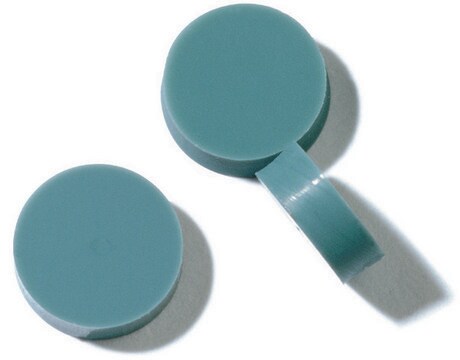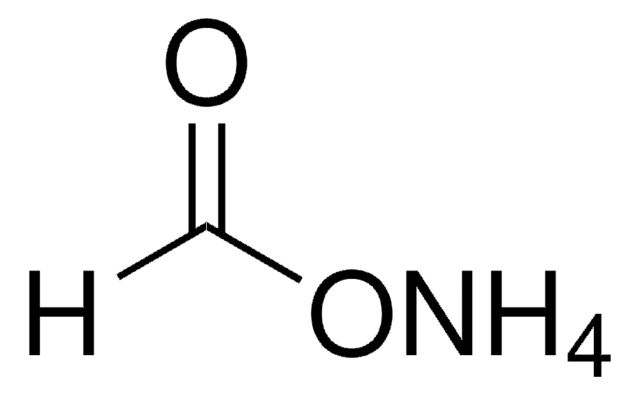34865
Tetrahydrofuran
≥99.9%, suitable for HPLC, inhibitor-free
Synonym(s):
THF, Butylene oxide, Oxolane, Tetramethylene oxide
About This Item
143 mmHg ( 20 °C)
Recommended Products
Product Name
Tetrahydrofuran, inhibitor-free, suitable for HPLC, ≥99.9%
vapor density
2.5 (vs air)
Quality Level
vapor pressure
114 mmHg ( 15 °C)
143 mmHg ( 20 °C)
Assay
≥99.9%
form
liquid
autoignition temp.
610 °F
expl. lim.
1.8-11.8 %
technique(s)
HPLC: suitable
impurities
≤0.0005% non-volatile matter
≤0.002% free acid (as CH3COOH)
≤0.05% peroxides (as H2O2)
≤0.05% water (Karl Fischer)
evapn. residue
≤0.0005%
color
APHA: ≤10
refractive index
n20/D 1.407 (lit.)
pH
~7
bp
65-67 °C (lit.)
mp
−108 °C (lit.)
density
0.889 g/mL at 25 °C (lit.)
absorption
≤0.0044 at 315 nm
≤0.005 at 350 nm
≤0.005 at 400 nm
≤0.02 at 300 nm
≤0.046 at 275 nm
≤0.18 at 250 nm
≤0.26 at 245 nm
≤1.0 at 212 nm
UV absorption
λ: 245 nm Amax: ≤0.26
λ: 275 nm Amax: ≤0.046
λ: 315 μm Amax: ≤0.0044
suitability
complies for IR spectroscopy
application(s)
food and beverages
SMILES string
C1CCOC1
InChI
1S/C4H8O/c1-2-4-5-3-1/h1-4H2
InChI key
WYURNTSHIVDZCO-UHFFFAOYSA-N
Looking for similar products? Visit Product Comparison Guide
Related Categories
General description
Application
Other Notes
- The article number 34865-4X2.5L will be discontinued. Please order the single bottle 34865-2.5L which is physically identical with the same exact specifications.
- The article number 34865-6X1L will be discontinued. Please order the single bottle 34865-1L which is physically identical with the same exact specifications.
Signal Word
Danger
Hazard Statements
Precautionary Statements
Hazard Classifications
Acute Tox. 4 Oral - Carc. 2 - Eye Irrit. 2 - Flam. Liq. 2 - STOT SE 3
Target Organs
Central nervous system, Respiratory system
Supplementary Hazards
Storage Class Code
3 - Flammable liquids
WGK
WGK 1
Flash Point(F)
-6.2 °F - closed cup
Flash Point(C)
-21.2 °C - closed cup
Choose from one of the most recent versions:
Already Own This Product?
Find documentation for the products that you have recently purchased in the Document Library.
Our team of scientists has experience in all areas of research including Life Science, Material Science, Chemical Synthesis, Chromatography, Analytical and many others.
Contact Technical Service





